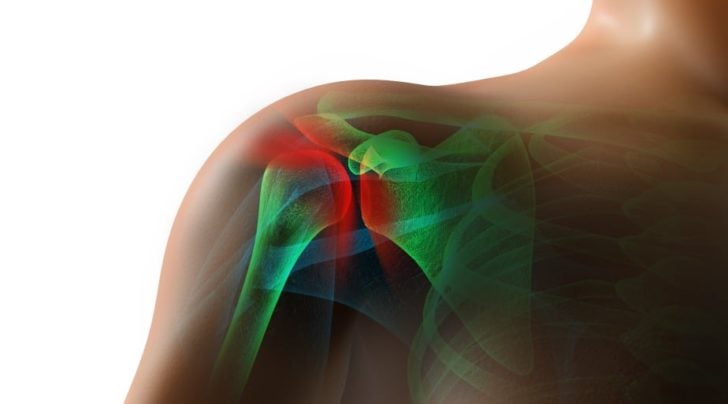
Shoulder pain exacts a large toll on society at large. Shoulder pain is a significant cause of disability and leads to quality of life issues. Shoulder pain has often been attributed to Impingement Syndrome. In the 1970s, a procedure called a subacromial decompression was introduced to the shoulder community. The surgeon who conceived of the method did not submit the procedure through the typical means of scientific study. That means that it was introduced to other surgeons as a letter or communication. The subacromial decompression was not studied in any significant trials for nearly 30 years to determine if it was effective. For the past 50 years, a subacromial decompression was the most commonly performed shoulder procedure. But does it work?
What is subacromial impingement?
In the 1970s it was felt that shoulder pain was caused by “subacromial impingement syndrome.” It was theorized but never proven, that a bone spur in the shoulder was pressing or rubbing on the rotator cuff. That rubbing theoretically led to erosion or fraying of the rotator cuff and it was thought that most people developed a secondary bursitis (inflammation) because of it. This is a typical mechanistic view of the cause of shoulder pain, and one which stayed in place for nearly 50 years. We now know that this “spur” is not abnormal in the vast majority, does not rub on the rotator cuff and does not lead to rotator cuff tears. Despite that, a subacromial decompression remained one of the most commonly performed shoulder procedures to this day.
What is a subacromial decompression?
Because shoulder surgeons felt that a bone spur was the cause of shoulder pain and rotator cuff tears, it was theorized that removal of the bone spur would decrease the risk of developing a rotator cuff tear. Furthermore, it was felt that the removal of the bone spur would eliminate the shoulder pain that many patients had.
A subacromial decompression is an arthroscopic procedure. That means that small holes are created around the shoulder and a camera is placed in through one of the holes. Surgeons are able to place other instruments such as a burr through other small holes around the shoulder. After the bursa and inflamed soft tissue was removed, the surgeon would use the burr to remove the soft tissue. This procedure where the soft tissue is removed and the bone spur is burred away is referred to as a subacromial decompression.
What were the results of a decompression?
Surgeons want their patients to feel better. That leads to bias when evaluating your results. Now, many people did feel better after this procedure. Many people did not. Furthermore, for those who felt better, their pain often came back a few years later. Over the last decade, we realized that the pain was more than likely coming from the rotator cuff itself. The rotator cuff is a group of 4 muscles in our shoulder. The source of pain is now felt to be due to normal age/ activity/ genetically determined changes that occur in tendons over time. Those changes are referred to as tendinosis. That means that the cause of shoulder pain has more of a biological cause vs. a mechanistic cause (spur rubbing on tendon). Over the last decade or so many physiotherapy treatments were geared towards the tendons itself, and many people were avoiding surgery for shoulder pain. Some companies started to create procedures to address the biological changes associated with tendinosis.
Current research on subacromial decompression
Over the last year, many well-performed research studies have shown that a subacromial decompression does not work better than placebo, or physiotherapy. In addition, a most recent paper showed that a decompression did not improve pain over a sham procedure where the patient went to sleep, but the bone spur was not removed. That means that you had an equal chance of getting better after an actual decompression, or a placebo, where you thought you were having the surgery, but didn’t.
This brings up an important point that you can not discount the power of the placebo. But this last paper I linked to above also had a no-treatment arm. That means that those patients actually were told that they were not going to receive any treatment. Their shoulder pain improved too.
Bottom line…. After decades of removing bone from the shoulder, it is obvious that the spur is not the cause of shoulder pain and rotator cuff tears. Tendinosis or degenerative rotator cuff disease is the more common cause of pain in your shoulder. This makes sense, because the pain you have in your patella tendon from jumping, achilles tendon from running and elbow from lifting (tennis elbow) are all caused by tendinosis too. Why should the shoulder be any different?
We have learned that the appropriate rehab and therapy for our shoulders will work for the vast majority of people… if you give it enough time. It may take many months for the pain to subside, but for the majority of you, it will. There are newer, more biologically oriented procedures to address those of you whose pain did not improve with physical therapy, medications and injections. As science pushes forward perhaps, we will find ways to inject something into the shoulder to cure tendinosis. Right now, that technology does not exist. Stem cells and PRP injections are not working the way we hoped they would. But there are many smart folks working on it… so stay tuned.
Do you have questions regarding an Orthopedic injury or longevity?
Do you want to talk to an expert who can listen to you for 45-60 minutes and explain the options in detail?
Dr. Howard Luks offers remote guidance sessions to review your X-ray or MRI images and explain your options.
Dr. Luks has also received hundreds of requests for educational sessions on the topics discussed in his book, Longevity Simplified.
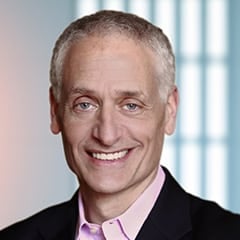

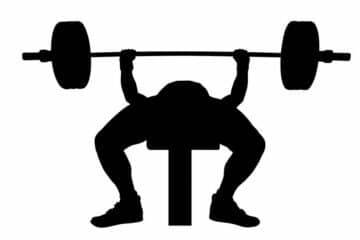
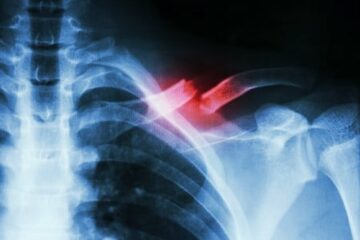

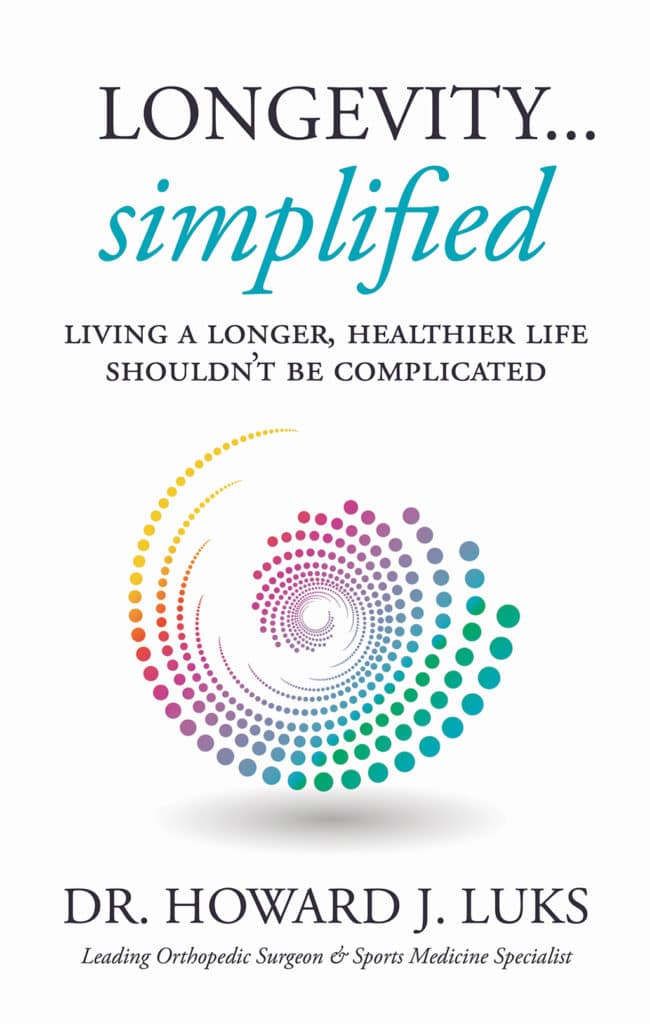







Richard Chisholm
I just had an MRI on my left shoulder which found a full thickness tear of the supraspinatus tendon with a 3mm gap with fluid in the subcoracoid recess, horizontal labrum tear, fluid in the bicep groove, impingement . Fluid in subacromial subdeltoid bursa. Pull ups and golf most likely cause. Do I need surgery?
these small degenerative tears do not always need surgery. Without seeing you, talking to you and examining you and your studies I simply can not provide treatment advice.
Good luck !